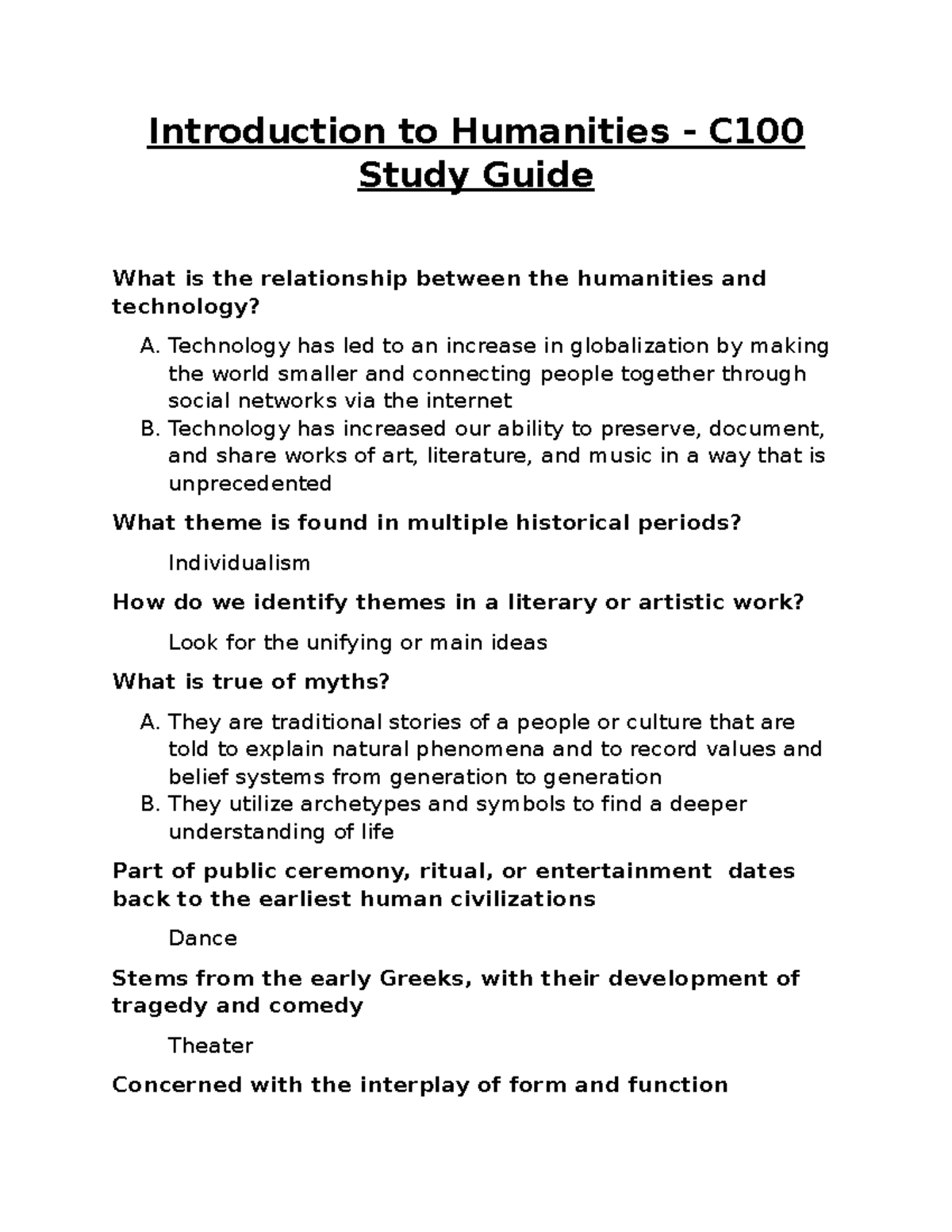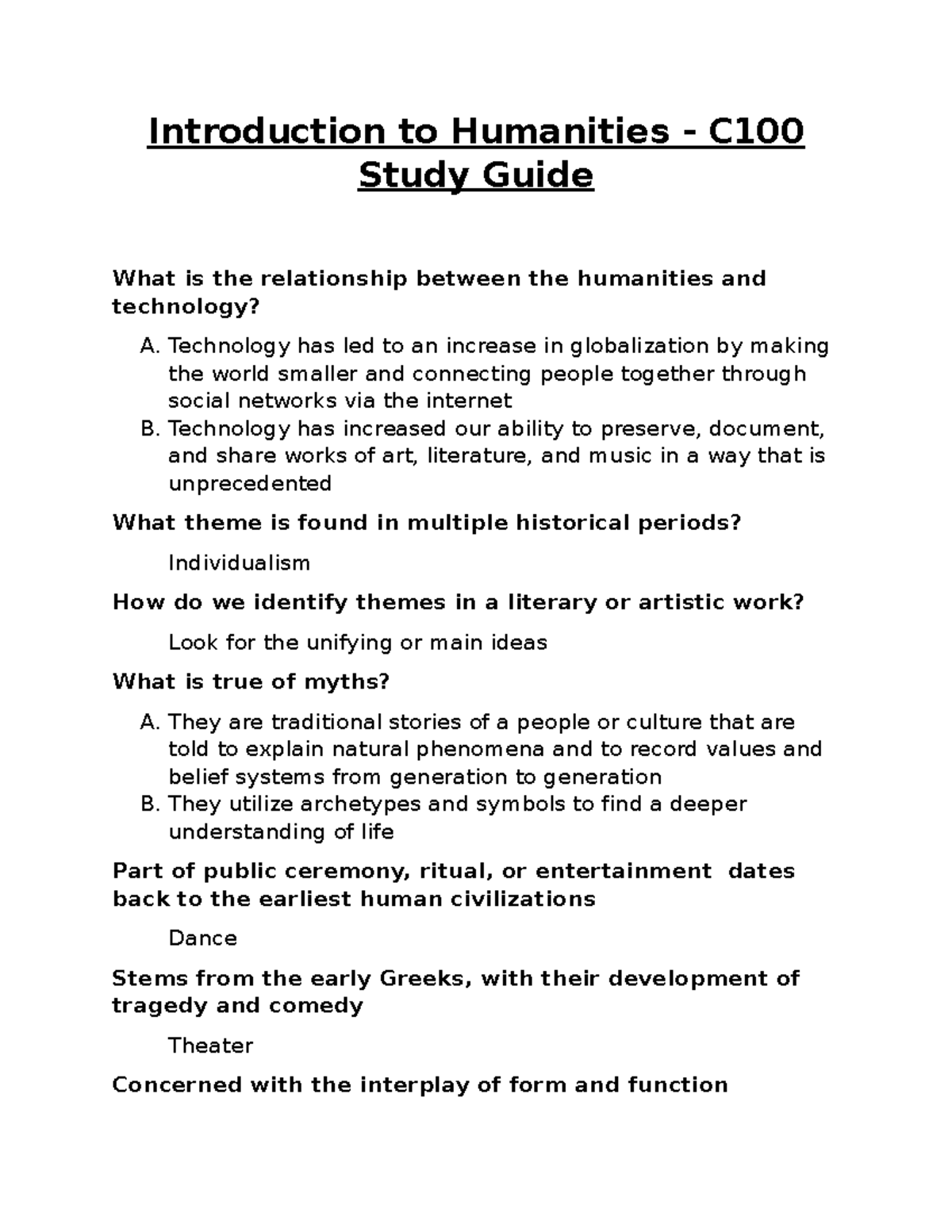Edvard Munch, the psychological and emotive pioneer of Modernist painting, captured the complexities of human relationships through his iconic artwork, particularly exemplified in his piece “Two Human Beings (The Lonely Ones).” This extraordinary oil painting, displayed in the Harvard Art Museums, draws viewers into the poignant scene of a man and woman standing together yet distinctly alone, brilliantly showcasing Munch’s exploration of isolation and human connection. Through a unique mix of modernist painting techniques, Munch has revisited this motif repeatedly over more than four decades, yielding a plethora of interpretations that reflect both individual sentiment and broader societal themes of companionship and solitude. The exhibition “Edvard Munch: Technically Speaking” delves deep into this intricate body of work, offering Munch art analysis that illuminates his methodologies and evolution as an artist. As we engage with Munch’s distinctive style, we uncover the depths of emotional expression that characterize his legacy in the art world.
Munch’s art resonates through various themes of human experience, intertwining isolation and companionship as seen in his celebrated works. The Norwegian painter often portrayed figures connected to yet separated by their environments, as illustrated in “Two Human Beings”—a motif that invites viewers to reflect on the human condition. This exhibition at Harvard Art Museums highlights not only Munch’s artistic techniques but also his profound inquiries into the nature of identity and social interaction. By embracing imperfect forms and techniques in his prints and paintings, Munch established a dialogue on vulnerability and emotional depth, making his work timeless and relevant. As we examine this collection, one cannot help but notice the artistic genius behind Munch’s evocative portrayals, leading to greater appreciation for his contributions to modern art.
Exploring Edvard Munch’s ‘Two Human Beings’ at Harvard Art Museums
The recent exhibition at the Harvard Art Museums sheds light on Edvard Munch’s enduring fascination with the theme of ‘Two Human Beings.’ Over a span of 40 years, Munch depicted a man and a woman, positioned together yet noticeably isolated, standing before the ocean. This recurrent motif not only highlights Munch’s artistic evolution but also invites a deeper understanding of the emotional landscapes he navigated through his art. The variations of this theme, including its different colors and techniques, reflect Munch’s exploration of complexity in human relationships and emotions, making it a significant subject for art analysis.
Munch’s approach to painting these figures demonstrates his mastery of modernist painting techniques. From meticulously rendered details to areas of the canvas left untouched, Munch’s diverse methods provoke intrigue and conversation among art historians. This examination of his stylistic choices reveals how he sought to convey feelings of companionship and isolation simultaneously. As we analyze Munch’s works, we gain insights into his artistic methodology and the socio-cultural dynamics of his time, emphasizing the relevance of his work within the context of modern art.
The Iterative Nature of Munch’s Art: A Study of Variations
Munch unequivocally embraces iterations in his artwork, particularly evident in his representations of ‘Two Human Beings.’ Each rendering offers subtle variations that evoke different emotions and interpretations. The exhibition emphasizes how Munch’s creative process involved both destruction and reinvention, showcasing his prints and paintings side by side to illustrate the symbiotic relationship between these mediums. For example, the transformation of colors in different versions demonstrates Munch’s desire to explore and expand upon initial concepts, merging printmaking techniques with his painting practices.
Through this iterative process, Munch invites viewers to reconsider the meaning behind his iconic figures. As curator Lynette Roth notes, the figures evolve through their interactions with the surrounding landscape, often reflecting the fluidity of human emotions. Art analysis reveals that these iterations are not merely variations but a dialogue between his artistic intent and the viewer’s perception. As Munch navigates through different artistic phases, we see an artist engaged in a constant quest to articulate deeper psychological themes, transcending the literal depiction of isolation.
Munch’s Exploration of Isolation and Connection in ‘The Lonely Ones’
The themes of isolation and connection are central to Munch’s portrayal of ‘Two Human Beings’ in his body of work. Despite the shared physical space of the man and woman, they remain emotionally apart, prompting viewers to ponder the nuances of their relationship. This juxtaposition illustrates a poignant commentary on solitude within companionship. As Munch challenges conventional interpretations, such as viewing the figures purely as embodiments of loneliness, he also hints at the possibility of deeper connections fostered through shared experiences and contemplation.
Through Munch’s exploration of these themes, we begin to unravel the richness of human emotions embedded in his work. The artist’s decision to paint and print different interpretations of the same figures reinforces the notion that emotions, like art, are layered and multifaceted. Audiences are left to consider how Munch’s artistic expressions serve as a mirror reflecting their own feelings of connection and isolation, contributing to the timeless relevance of his work in modern discourse regarding human relationships.
Artistic Techniques: Munch’s Metal-Plate Etchings and Woodcut Prints
Edvard Munch’s innovative use of metal-plate etching and woodcut prints has left a significant impact on the art world, particularly concerning his motif, ‘Two Human Beings.’ By employing a jigsaw technique in his woodblock prints, Munch was able to dissect and reassemble his images, creating endless variations that complement his painted versions. This process speaks to the modernist painting techniques that defined his work, allowing for an intimate exploration of the figures in relation to their surroundings, transforming the viewer’s experience of isolation into one that is dynamic and engaging.
The vibrancy and spontaneity of Munch’s prints, especially those linked to ‘Two Human Beings,’ demonstrate his adeptness at manipulating medium. The emphasis on imperfections and the raw, unretouched surfaces of his work add layers of meaning, encouraging viewers to embrace the narrative of individuality in each piece. Munch’s experimentation with multiple techniques enhances the emotional gravity of his subjects, establishing a dialogue between viewer and art that transcends mere observation, ultimately enriching our understanding of modernist art practices.
The Role of Color in Munch’s Emotional Expression
Color played a crucial role in Edvard Munch’s ability to convey emotional depth in his works, significantly influencing pieces like ‘Two Human Beings.’ Munch’s color palette varies dramatically between iterations, allowing him to explore a vast range of emotions from calmness to turmoil. For instance, the use of monochromatic schemes in some prints evokes feelings of melancholy, while vibrant hues in others create a sense of unease or urgency. By manipulating color, Munch effectively communicates the complexities of human emotions and relationships.
In analyzing Munch’s approach to color, it becomes apparent that he utilized it not just as an aesthetic device but as a fundamental element to evoke psychological responses. Through this lens, viewers can appreciate how Munch’s varying color choices reflect shifts in mood and emotional states, mirroring his own internal struggles as well as broader human experiences. This thoughtful application of color serves as a testament to Munch’s genius and his contribution to the evolution of modern art, reinforcing the interconnection between color, emotion, and narrative within his works.
Munch’s Artistic Legacy and Influence on Modern Art
Edvard Munch’s impact on modern art is profound, as seen through his innovative approaches and thematic concerns. His work laid the groundwork for later movements such as Expressionism, where artists sought to convey emotional experience over realistic representation. Munch’s ability to intertwine psychological elements with visual art invites a deeper analysis of the human experience, influencing artists across generations to explore similar themes of isolation and companionship within their works.
Furthermore, Munch’s artistic legacy continues to inspire contemporary discussions around the relationship between art and mental health. By examining how he expressed his internal conflicts through art, we gain a better understanding of the transformative power of creativity in addressing complex societal issues. Munch’s ability to articulate the innermost struggles within his work has resonated widely, reinforcing the relevancy of his artistic contributions and ensuring that ‘Two Human Beings’ and similar motifs remain central to discussions of art history and emotional representation.
Rethinking Isolation Through Munch’s ‘The Lonely Ones’
The interpretation of Edvard Munch’s ‘The Lonely Ones’ continues to evolve as scholars reexamine the layers of meaning embedded within this iconic motif. Initially perceived solely through the lens of isolation, recent analyses challenge this notion, suggesting a more nuanced understanding of companionship amidst solitude. This perspective emphasizes the connection the figures share, both with each other and with the landscape surrounding them, transforming the narrative from one of despair to one of introspection and contemplation.
As Lynette Roth discusses, Munch’s titles and the emotional resonance of his figures prompt viewers to engage actively with the artwork. The connection between the figures may embody a quiet understanding or acceptance between individuals sharing a moment in time. By embracing this complexity, we enrich our understanding of Munch’s art and its commentary on the human condition, inviting audiences to reflect on their own experiences with loneliness and connection.
Understanding Edvard Munch’s Psychosocial Context
To appreciate Edvard Munch’s work fully, one must consider the broader psychosocial context in which he created ‘Two Human Beings.’ Living through tumultuous periods in European history, Munch’s art frequently reflects themes of existential anxiety and emotional distress. His artworks highlight the complexities of human relationships set against the backdrop of societal change, revealing a deep sensitivity to the psychological struggles of both himself and others. This awareness of societal dynamics enhances the interpretation of his work beyond the canvas.
His willingness to intertwine personal struggles with wider societal commentary places Munch’s art within significant discussions surrounding mental health and emotional well-being. ‘Two Human Beings’ resonates as a visual articulation of the balancing act between isolation and companionship, navigating the complexities of human emotions in an increasingly modern world. This contextual understanding serves to illuminate Munch’s lasting relevance in contemporary art discourse, linking the past and present in our exploration of human suffering and connection.
Insights from ‘Edvard Munch: Technically Speaking’ Exhibition
The ongoing exhibition, ‘Edvard Munch: Technically Speaking,’ at the Harvard Art Museums provides enriched insights into the artistic techniques and motivations behind Munch’s enduring motifs, such as ‘Two Human Beings.’ By showcasing various iterations of his work, curators aim to deepen public understanding of Munch’s innovative processes and the evolution of his artistic vision over decades. This exhibition stands as a testament to his mastery of modernist painting techniques and printmaking, emphasizing the importance of technique in interpreting art.
Attending this exhibition enables visitors to explore how Munch blended different mediums, influencing not only his works but also the trajectory of modern art. The interaction between paintings and prints unravels the complexity of his creative journey, inviting audiences to appreciate Munch’s artistic genius beyond a single narrative. As visitors engage with these pieces, they are encouraged to consider their emotional resonance and implications, rethinking how Munch’s explorations of isolation have shaped our understanding of art and human experience.
Frequently Asked Questions
What is Edvard Munch’s painting ‘Two Human Beings’ about?
Edvard Munch’s painting ‘Two Human Beings (The Lonely Ones)’ symbolizes the exploration of isolation and connection. Depicting a man and a woman at the shoreline, facing away from the viewer, the piece reflects on the emotions of companionship and solitude. Munch revisited this motif over 40 years, experimenting with color and technique, which highlights the tension between individual isolation and shared experience.
How did Munch’s modernist painting techniques evolve in ‘Two Human Beings’?
Edvard Munch’s modernist painting techniques evolved significantly in ‘Two Human Beings.’ He experimented with different methods, such as leaving parts of the canvas unpainted and using thick or scraped paint, creating texture and vibrancy. This approach reflects his artistic evolution and his ability to convey complex emotions tied to isolation and human connection.
What can we learn from the Harvard Art Museums exhibition on Edvard Munch’s work?
The Harvard Art Museums exhibition on Edvard Munch provides insights into his artistic process, particularly his obsession with the motif of ‘Two Human Beings,’ showcasing various iterations that exemplify Munch’s exploration of themes like isolation. The exhibition emphasizes his innovative use of printmaking alongside painting, illustrating how these mediums influenced one another throughout his 40-year exploration of this subject.
Why is ‘Two Human Beings’ considered a depiction of loneliness?
‘Two Human Beings’ is frequently interpreted as a meditation on loneliness, as the figures are portrayed together yet distinctly apart. Edvard Munch’s depiction invites viewers to reflect on the emotional experiences of isolation, even in proximity to others. However, new interpretations suggest that Munch intended the work to also express companionship and contemplation, not solely despair.
What techniques did Edvard Munch use in his etchings of ‘Two Human Beings’?
In his etchings of ‘Two Human Beings,’ Edvard Munch used a jigsaw technique, individually cutting elements from woodblocks to create distinct prints. This method allowed him to explore endless color variations and reassemble components in a way that emphasized the emotional connections between the figures and their surrounding landscape.
How does Edvard Munch’s exploration of isolation relate to his larger body of work?
Edvard Munch’s exploration of isolation, particularly in ‘Two Human Beings,’ is a recurring theme throughout his larger body of work. His frequent return to motifs of loneliness and connection showcases his significant engagement with human emotional complexity, pushing the boundaries of modernist art and influencing subsequent artists in portraying psychological depth.
What innovations in printmaking did Edvard Munch bring to his works?
Edvard Munch brought significant innovations to printmaking, particularly evident in his works like ‘Two Human Beings.’ He embraced imperfections in his prints by allowing alignment breaks and other flaws to add character, blending traditional methods with his unique vision, thereby enhancing the emotional impact of his themes related to isolation and human experience.
How does the title ‘Two Human Beings’ reflect Edvard Munch’s artistic intentions?
The title ‘Two Human Beings’ reflects Edvard Munch’s intentions to portray complex human relationships. Initially simple, the title became layered with meaning as viewers began interpreting the figures with themes of loneliness. Munch’s choice to retain the title suggests an invitation to explore deeper emotional connections and the inherent complexity of human interactions beyond mere isolation.
| Key Point | Details |
|---|---|
| Edvard Munch and Isolation | Munch’s iconic motif ‘Two Human Beings (The Lonely Ones)’ captures the theme of isolation, portraying a man and woman standing side by side yet emotionally distant. |
| Signature Style | Munch frequently revisited this motif over 40 years, showcasing variations in color, technique, and composition, leading to dynamic interpretations. |
| Technique in Printmaking | Munch utilized innovative methods in printmaking, such as assembling separate pieces of wood for distinct color variations, reflecting the theme of connection and disconnection. |
| Philosophical Interpretations | Recent interpretations challenge the notion of loneliness, suggesting the figures may signify companionship and contemplation, enriching their narrative. |
| Artistic Imperfection | Munch embraced imperfections in his work, using them to enhance the artistic expression rather than striving for polished finishes. |
| Exhibition Context | The exhibition ‘Edvard Munch: Technically Speaking’ at Harvard Art Museums features 70 significant works and invites viewers to explore Munch’s technical skills alongside his themes. |
Summary
Edvard Munch’s enduring fascination with the motif of ‘Two Human Beings’ offers profound insights into themes of connection and isolation across time. His distinctive style and innovative techniques in painting and printmaking underscore the complexity of emotions that transcends mere loneliness. This exploration invites viewers to contemplate the relationships depicted within his art, as seen in current exhibitions that highlight his contributions to modernist art. Munch’s work continues to resonate, challenging us to rethink traditional interpretations and appreciate the nuanced interplay of companionship and solitude.










